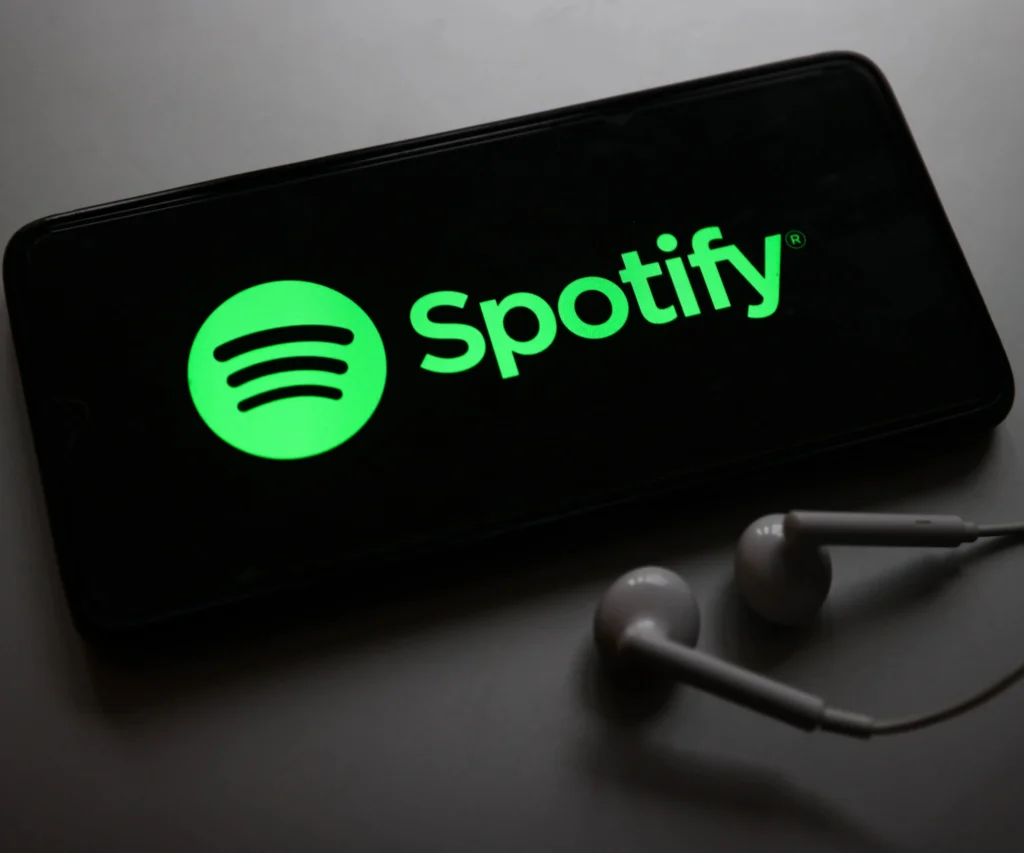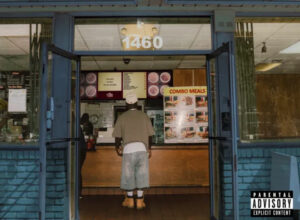Every November, millions of Spotify users enter a strange cultural ritual: frantic replaying, last-minute binge-listening, and a sudden renewed appreciation for albums they ignored all year. These behaviors aren’t random; they’re part of a collective scramble to influence something that has become oddly intimate, oddly public, and oddly powerful — Spotify Wrapped.
Wrapped is not simply a year-end feature. It has morphed into a global event, a digital personality mirror that blends data analysis with theatrical storytelling. Yet its foundation rests on a single unanswered question that Spotify never formally clarifies: When exactly does the listening cutoff occur? What date does the service stop tracking your 2025 listening for Wrapped, freeze the dataset, and begin assembling the colorful shareable cards that will soon flood Instagram Stories?
Spotify has never confirmed the exact day, and that lack of transparency fuels speculation, anxiety, and strategic behavior. Wrapped usually appears in the final days of November or the first days of December, so listeners assume the calculation period ends in mid-to-late November — a window that leads to the now-annual pre-Wrapped rush.
To understand why the cutoff matters, and why people care so much about gaming their own listening data, we have to examine Wrapped as a psychological event, not just a product feature.
why
There is a tactical elegance in Spotify’s silence. Not announcing the cutoff means the company avoids users aggressively spamming the system in overly predictable ways. If the date were public, millions of people might loop tracks nonstop on November 25th or 26th, turning year-long listening patterns into exaggerated caricatures. Wrapped’s emotional impact depends on the illusion of authenticity — it feels like a story of your year, not a story of your Thanksgiving weekend.
Spotify likely wants Wrapped to reflect general patterns, not last-minute panic streams. By refusing to reveal the cutoff, the company softens the possibility of mass manipulation while still allowing people to feel empowered enough to shape their outcome in subtle ways.
There’s also a marketing reason. The ambiguity creates a kind of cultural suspense. By mid-November, social media lights up with speculation, jokes, and half-serious memes about looping a single jazz album to look cultured or blasting one indie song to dethrone an embarrassing obsession. The mystery itself becomes part of the Wrapped season — and that anticipation drives conversation, which drives engagement, which drives Spotify’s visibility.
Wrapped, in effect, becomes a month-long buildup before the reveal, not a single announcement.
the psycho
Wrapped thrives because it touches something deeper than music consumption: identity. Spotify tells you who you’ve been — or at least who you’ve sounded like — for the past twelve months. That kind of reflection carries emotional weight. People want their Wrapped to feel true, but they also want it to feel flattering.
The tension between authenticity and aspiration is where the pre-cutoff behavior emerges.
Listeners try to “fix” their musical identity in the days before the dataset closes. They might binge a highbrow ambient record to appear more sophisticated. They might re-listen to the breakout album from their favorite artist to ensure loyalty registers. Or they might try to push down the presence of that children’s soundtrack they play for their niece or the workout playlist that’s 90% motivational EDM.
Wrapped has turned passive listening into an act of self-curation. And the cutoff date, ambiguous as it is, becomes the deadline for shaping that story.
time
What actually happens in these final November days is almost ritualistic. You can observe it in social media posts, Reddit forums, and TikTok trends: users documenting how they rush to replay entire discographies, or how they prop their phones somewhere safe while they blast white noise to ensure it doesn’t take over their Top Songs.
It becomes a race, but one with rules no one fully knows.
People ask the same questions every year:
“Does looping an artist all day count?”
“Do podcasts still count toward your genre ranking?”
“What if I listen on airplane mode?”
“If I replay a track on mute, does it register?”
“Is it too late for my No. 2 artist to beat my No. 1?”
In the absence of certainty, Spotify users develop rituals that resemble superstition. Streams become charms, playlists become spells, and every play-through feels like a vote cast in the election of your own musical identity.
This cultural behavior is so widespread that it has become part of Wrapped’s charm. The frantic, slightly chaotic energy leading up to reveal week is no longer a byproduct — it’s part of the experience.
how
While Spotify never confirms the date, consistent patterns and internal logic suggest the cutoff happens somewhere between November 15th and November 20th in most years. Wrapped’s production involves enormous data processing, template generation, personalization workflows, quality testing, and regional compliance steps. Freezing the listening dataset early gives the engineering pipeline enough time to produce millions of individualized stories.
Wrapped launching at the end of November means the backend likely starts building final versions around the middle of the month. Everything after that point — even if it still appears in your listening history — simply doesn’t make it into the Wrapped “year.”
It’s less about secrecy and more about infrastructure. Spotify needs time, and the earlier cutoff allows it.
But Spotify’s refusal to acknowledge this window keeps the experience playful. The mystery transforms data processing into cultural mythology.
urge
Wrapped is designed to reflect your listening, but the modern media environment has trained us to see data as editable. We carefully curate our Instagram grids. We edit TikTok drafts for hours. We tweak our online profiles until they reflect the version of ourselves we want others to see.
Wrapped disrupts this because it is data-driven, not user-driven. You cannot rewrite it. You cannot manually adjust it. You cannot delete the fact that you listened to one song forty times in a row during a bad week in February.
This loss of control is what inspires the pre-Wrapped manipulation attempts. By replaying certain artists in mid-November, listeners feel they are reclaiming agency over the portrait Spotify will paint of them.
Whether these attempts meaningfully shift the final results is beside the point. Wrapped has become a performance of identity just as much as it is a reflection of it.
frenzy
When Spotify launched Wrapped in 2016 (then known as “Year in Music”), it likely didn’t anticipate it becoming one of the most recognizable digital rituals of the year. Wrapped now trends globally on social platforms, sparks brand partnerships, and influences musicians’ marketing campaigns. Artists time releases and tour announcements to align with Wrapped’s visibility spike.
Users contribute to this visibility by sharing their results. Wrapped cards are tailor-made for virality — colorful, punchy, personalized. They invite comparison. They spark conversations. They generate memes. Wrapped has become one of the only pieces of data people are excited to publicly reveal.
But the power of sharing comes with a desire for narrative control. If millions of people are going to see your Top Artists, you want that list to feel intentional. This social visibility is one of the main reasons people try to influence their data before the cutoff. Wrapped is no longer a private reflection; it’s a public performance.
idea
Wrapped cutoff season has created a micro-economy of strategic choices:
Should you binge a single track to push it into Top Songs?
Should you replay an entire album to boost an artist?
Should you diversify your listening to avoid genre domination?
Should you avoid listening to your comfort songs entirely for fear they will overpower your stats?
Users treat these decisions like moves in a game because Wrapped has gamified your own data. You see “minutes listened,” “top genres,” “audio day,” “listening identity,” and other metrics as scoreboards, even if Spotify never calls them that.
This behavioral layer — the sense of “winning” Wrapped — only intensifies as the cutoff approaches. Binge-listening becomes strategy. Looping becomes intention. Even silence becomes tactical.
If you don’t listen at all, you can’t “ruin” anything.
Wrapped, in this light, is a soft competition — not against other users, but against your own unfiltered habits from earlier in the year.
impression
So what does “gaming the system” actually accomplish?
Sometimes it changes your rankings. Sometimes it doesn’t. Wrapped heavily weights consistency across the year. But the act of trying — the bingeing, the intentionality, the slight desperation — has become part of the tradition.
The ability to influence the data, even if minimally, makes listeners feel connected to the process. They don’t just receive Wrapped; they participate in making it. Wrapped has become co-authored between user and platform.
And ultimately, gaming Wrapped reveals not manipulation, but affection. People care enough about their listening identity to refine it. That care — not the final stats — is the true pulse of Wrapped season.
No comments yet.








